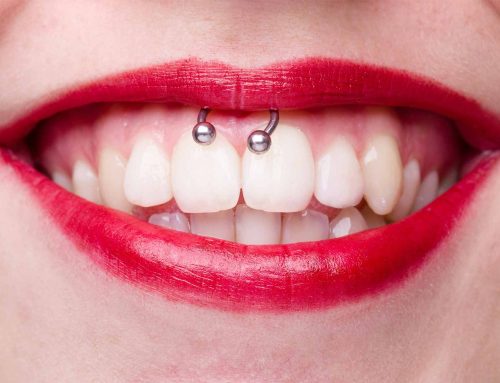Have you ever wondered if dental tartar is the same as dental plaque? Yes? No? One thing is certain: this question often comes up in dental offices. And drum roll: we are not talking about the same thing.
So dental tartar vs dental plaque: what is the difference? It mainly concerns their composition and their ability to be removed by brushing.
Here are the answers that will allow you to better understand the care provided by your dentist during your next appointments.
Tartar on teeth: professional scaling needed!
Dental tartar is a hard, mineralized deposit that is yellow or brown in color. It forms when dental plaque is not eliminated, and calcifies with the minerals present in saliva. This unsavory description makes one thing clear: once tartar has set in, it will last!
Unless of course you consult your dentist. Only he will be able to remove it using a dental scaling, which most of us do it once a year.
What are the risks of not scaling your teeth regularly? They are far from negligible! These deposits – in addition to discoloring the teeth – make their surface rougher, and therefore more welcoming for bacteria which will be able to better attach to them. Caries, gingivitis, periodontitis then have the ability to develop further if the tartar is well established in your mouth.
But before tartar, there is dental plaque. In other words, the stage at which the toothbrush can still make a difference!
Dental plaque and dental tartar: the first can cause the second
Dental plaque, if not removed by regular brushing and flossing, risks degenerating into tartar. Initially, it appears in the form of a colorless or clear, relatively soft and whitish deposit. If you look closely, it is made up of a mixture of bacteria, food residue and saliva. It is naturally deposited on the teeth and gums a few hours after brushing. More precisely, it accumulates around the gum line and if brushing does not dislodge it, it mineralizes, hardens and transitions into tartar.
Even though plaque is less harmful than dental tartar, the bacteria it contains can still be responsible for gum disease, like gingivitis.
Plaque development seems inevitable. Rest assured, there are ways to prevent its formation and by extension, its development into tartar:
- First of all, brushing thoroughly after each meal;
- The use of dental floss in addition to brushing;
- Reducing sugary or sticky foods or drinks from your diet. Candy, chocolate, fruit juice, soft drinks, chips… bacteria love them!
- Reducing or even stopping smoking. Its residues are also perfect fertilizers for the multiplication of bacteria in your mouth.
To add to all these precautions? Regular visits to your dentist for cleaning or scaling. In addition to completely cleaning your mouth, he will be able to perform a complete examination, and possibly detect potential problems.
Do you have other questions about dental tartar, plaque or your oral health?
Do not hesitate to contact the team at the Charles Trottier dental clinic. They will be happy to listen to you, inform you and reassure you!





